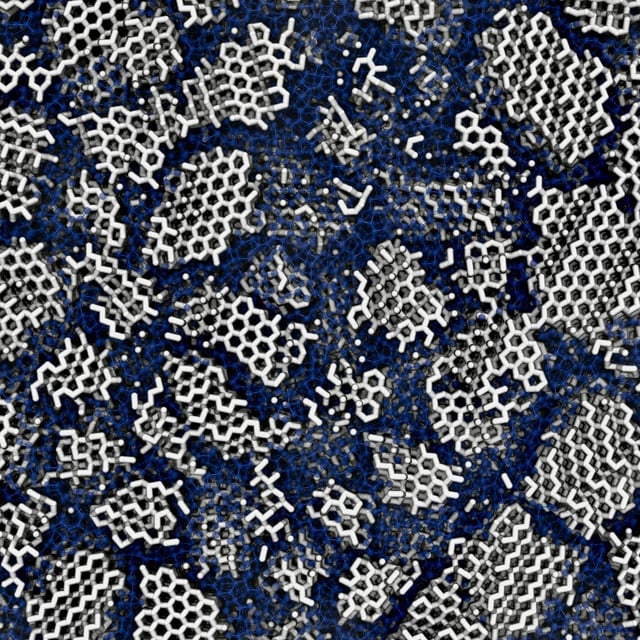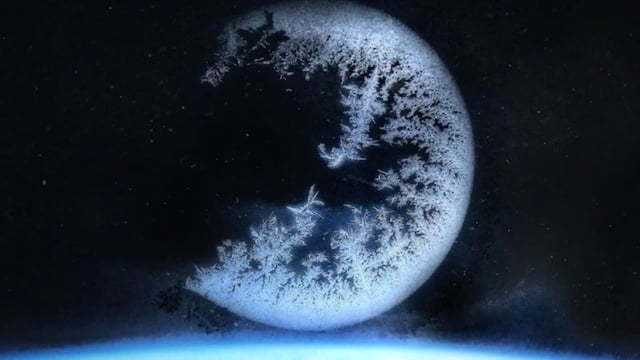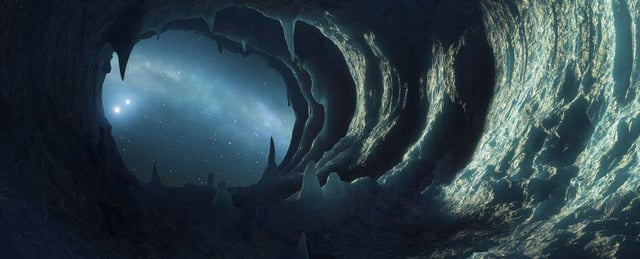Overview
- Computer simulations of low-density amorphous ice matched X-ray diffraction data only when models included about 20% crystalline regions.
- Re-crystallization experiments showed that ice samples retain structural memory of their formation, providing direct evidence of embedded nanocrystals.
- Partial crystallinity in space ice overturns assumptions about its role in planet formation, galactic evolution and interstellar matter transport.
- A reduced amorphous matrix may limit the capacity of ice to trap and ferry prebiotic molecules, raising questions for panspermia theories.
- The discovery has broad implications for materials science, suggesting that identifying and removing hidden crystals could enhance the performance of glass fibers and other amorphous technologies.


